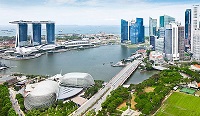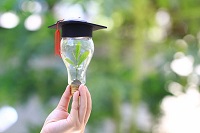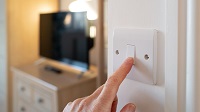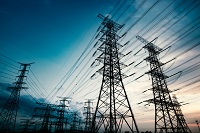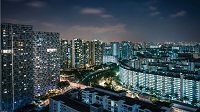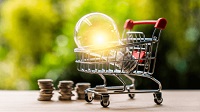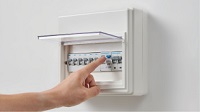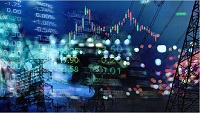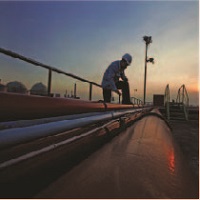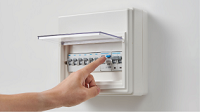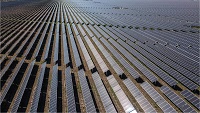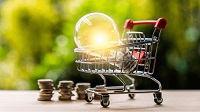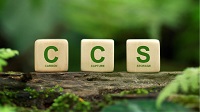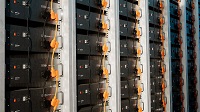We thank Mr Tan Guan Quan for his letter “Over-reliance on LNG has environmental consequences” (Nov 11).
Singapore is committed towards meeting our goal of achieving net-zero emissions by 2050, and the power sector is playing its part to transition to cleaner and low-carbon energy sources.
To do so, our “four switches” approach – natural gas, solar, regional power grids and low-carbon alternatives – aims to diversify our energy sources and increase sustainability of our power supply, while ensuring energy security and cost-competitiveness.
However, Singapore’s energy transition will require time to allow for technologies to mature and projects to be developed. As the cleanest fossil fuel, the natural gas switch will continue to play a key role in meeting Singapore’s energy needs even as we decarbonise our power sector through the other switches.
Today, despite our space constraints, Singapore is already one of the most solar-dense cities in the world. We are continuing to maximise the deployment of solar photovoltaic systems in Singapore – on rooftops of buildings, offshore spaces, reservoirs, walkways and vacant land.
Solar, the second switch, will eventually allow us to meet about 10 per cent of our projected electricity demand in 2050.
To manage solar intermittency, we are using energy storage systems (ESS) which work as large batteries. We deployed a 285 megawatt-hour (MWh) ESS on Jurong Island in 2022 in just six months. This is the largest ESS in South-east Asia and the fastest in the world of its size to be deployed.
We are also exploring other low-carbon energy sources, such as hydrogen and deep geothermal systems, as potential sources of power generation.
Beyond our shores, low-carbon electricity imports from regional power grids have the potential to meet up to one-third of Singapore’s energy needs.
Under this switch, the Energy Market Authority (EMA) has granted conditional approvals (CAs) for low-carbon electricity imports from Cambodia, Indonesia and Vietnam. With these CAs, Singapore is on track to achieving our target of 4 gigawatts of low-carbon electricity imports by 2035.
EMA is committed to building a sustainable and net-zero energy future, and we urge consumers to join us on this journey by being as energy-efficient as possible.
Ralph Foong
Deputy Chief Executive, Sustainable Supply Division
Energy Market Authority
